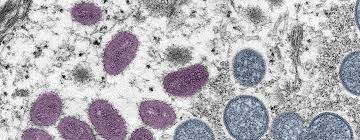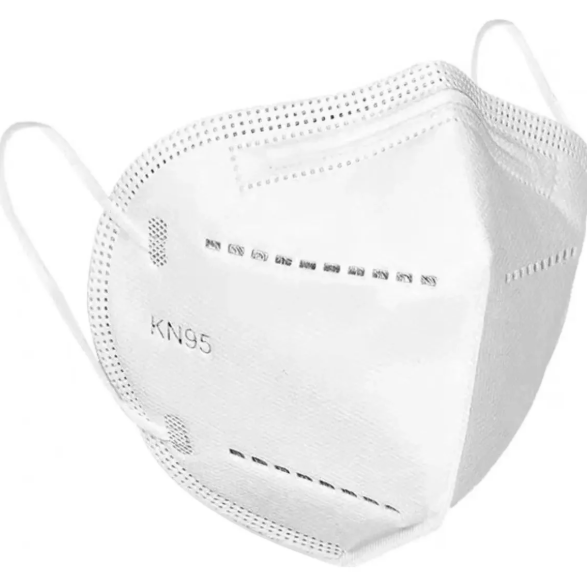
According to the latest epidemiological report released by WHO, in the last 28 days (July 24 to August 20, 2023), nearly 1.5 million new cases and more than 2,000 new cases were reported in six WHO regions Death cases increased by 63% and decreased by 48% respectively compared with the previous 28 days.
Among them, South Korea alone reported 1.28 million new cases and 398 deaths, while only 690 new cases were reported in Africa as a whole. The WHO noted that reported cases do not accurately reflect current infection rates due to reduced testing and reporting globally.
EG.5 forms advantage and becomes popular
The report shows that globally, XBB.1.16 and EG.5 are the most popular mutant strains, reported by 106 and 53 countries respectively. The infection proportions of the two mutant strains reached 23.9% and 23.8% respectively.
EG.5 was first discovered in Indonesia on February 17, 2023. On July 19, the WHO listed it as a “currently circulating variant strain under surveillance” and upgraded it to a “currently circulating variant strain that requires attention” on August 9.
According to news released by China’s National Administration for Disease Control and Prevention on August 19, the proportion of EG.5 mutant strains is on the rise in China, increasing from 0.6% in April to the current 71.6%. EG.5 has become dominantly popular in most provinces in China, and this trend is likely to continue for some time to come.
BA.2.86 carries a large number of genetic mutations
On August 17, the WHO listed the Omicron sublineage BA.2.86, which carries a large number of genetic mutations, as a “currently circulating mutant strain under surveillance.” As of August 23, 9 BA.2.86 mutated gene sequences from 5 countries (3 European countries, 1 American country, and 1 African country) have been uploaded to the Global Initiative for Sharing All Influenza Data.
These nine BA.2.86 cases have no epidemiological links, and only one case has a travel history from a country in the WHO Western Pacific Region that has not reported BA.2.86.
To date, WHO has received no reports of deaths from BA.2.86. Additionally, Switzerland and Thailand reported the detection of BA.2.86 in wastewater samples. Currently, the potential impact of the BA.2.86 variant is still being carefully evaluated.
Tedros called on countries to strengthen monitoring, sequencing and reporting of the new coronavirus to conduct risk assessments of new mutant strains such as EG.5 and BA.2.86, as these viruses continue to circulate and mutate.
WHO also urges countries not to dismantle established COVID-19 infrastructure, noting that it is critical to maintain early warning, surveillance and reporting, variant tracking, early clinical care, booster vaccination of high-risk groups, improved ventilation, and regular communication .
Significant increase in monkeypox cases in Asia
On the same day, Tedros also reported on the latest epidemic situation of monkeypox.
In May this year, the WHO declared that monkeypox no longer constitutes a public health emergency of international concern. However, there has been a significant increase in monkeypox cases in Asia over the past two months, and cases continue to be reported in Africa.
To date, WHO has received reports of more than 90,000 confirmed cases of monkeypox and 156 deaths from 114 countries. However, the true number of cases and deaths is higher due to under-reporting in some countries.
Outside of African countries, current outbreaks of monkeypox still mainly affect men who have sex with men, and there is no evidence of sustained transmission of monkeypox virus outside these groups.
To support countries in their response to the monkeypox outbreak, Tedros established the Monkeypox Review Committee and made long-term recommendations for continued management of the outbreak.
Tedros recommended that countries implement national plans to eliminate human-to-human transmission; continue to conduct epidemic surveillance; eliminate stigma and discrimination through exchanges and cooperation; and provide effective protection information to risk groups.
He also proposed that countries should carry out research on monkeypox prevention and control; provide the best clinical treatment and integrate monkeypox into medical services; and ensure that vaccines, testing and treatment benefit all vulnerable groups.



